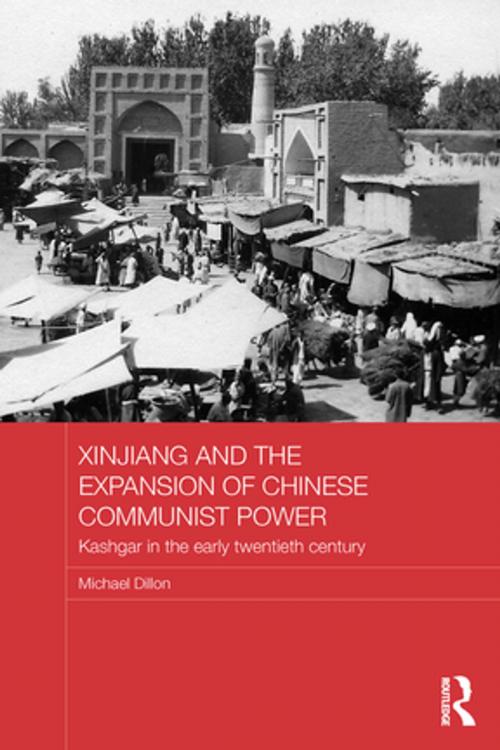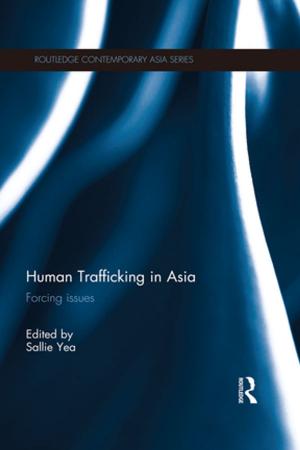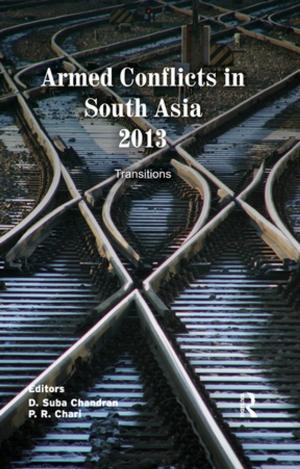Xinjiang and the Expansion of Chinese Communist Power
Kashgar in the Early Twentieth Century
Nonfiction, Social & Cultural Studies, Political Science, Government, Communism & Socialism, Social Science, Cultural Studies, Ethnic Studies| Author: | Michael Dillon | ISBN: | 9781317647201 |
| Publisher: | Taylor and Francis | Publication: | August 1, 2014 |
| Imprint: | Routledge | Language: | English |
| Author: | Michael Dillon |
| ISBN: | 9781317647201 |
| Publisher: | Taylor and Francis |
| Publication: | August 1, 2014 |
| Imprint: | Routledge |
| Language: | English |
Xinjiang, China's far northwestern province where the majority of the population are Muslim Uyghurs, was for most of its history contested territory. On the Silk Road, a region of overlapping cultures, the province was virtually independent until the late nineteenth century, nominally part of the Qing Empire, with considerable interest taken in it by the British and the Russians as part of their Great Game rivalry in Asia. Ruled by warlords in the early twentieth century, it was occupied in 1949-50 by the People's Liberation Army, since when attempts have been made to integrate the province more fully into China. This book outlines the history of Xinjiang. It focuses on the key city of Kashgar, the symbolic heart of Uighur society, drawing on a large body of records in which ordinary people provided information on the period around the communist takeover. These records provide an exceptionally rich source, showing how ordinary Uyghurs lived their everyday lives before 1949 and how those lives were affected by the arrival of the Chinese Communist Party and its army. Subjects covered by the book include Eastern Turkestan independence, regional politics, local government, the military, taxation, education and the press.
Xinjiang, China's far northwestern province where the majority of the population are Muslim Uyghurs, was for most of its history contested territory. On the Silk Road, a region of overlapping cultures, the province was virtually independent until the late nineteenth century, nominally part of the Qing Empire, with considerable interest taken in it by the British and the Russians as part of their Great Game rivalry in Asia. Ruled by warlords in the early twentieth century, it was occupied in 1949-50 by the People's Liberation Army, since when attempts have been made to integrate the province more fully into China. This book outlines the history of Xinjiang. It focuses on the key city of Kashgar, the symbolic heart of Uighur society, drawing on a large body of records in which ordinary people provided information on the period around the communist takeover. These records provide an exceptionally rich source, showing how ordinary Uyghurs lived their everyday lives before 1949 and how those lives were affected by the arrival of the Chinese Communist Party and its army. Subjects covered by the book include Eastern Turkestan independence, regional politics, local government, the military, taxation, education and the press.















